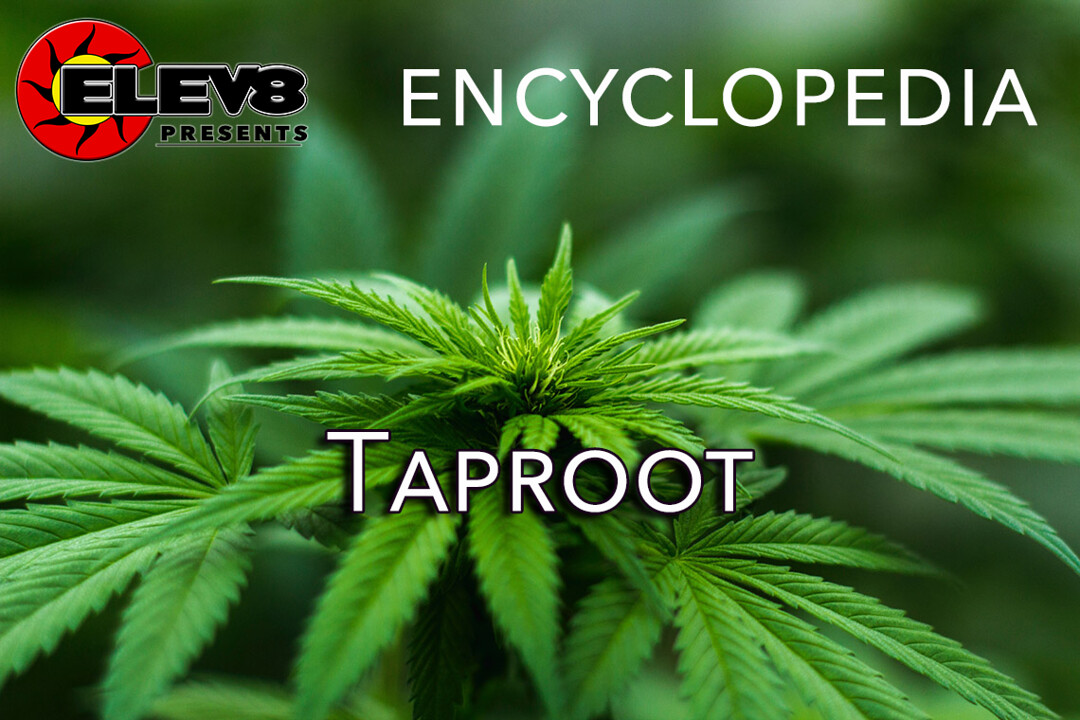What does Taproot mean?
A taproot is an anchoring root growing downward in a vertical orientation. Taproots are the main root anchoring system that the feeding roots grow from. A taproot is usually a thick root that tapers gradually.
Taproots are the thick primary root that normally grows straight down under the soil. In some cases, a taproot can be forked or be framed by thinner lateral roots. In most cases, this is the first root that forms from the seed. As a result, the taproot provides the most nutrients to the plant. It is also the strongest and largest root and tends to burrow itself deeply into the ground.
Taproots are common in trees, but are not unique to trees. Dandelions and some invasive thistles also have a taproot system, along with some varieties of perennials and wildflowers such as the butterfly weed.
The advantage of a taproot is that it penetrates deeply into the soil, so a plant has a better opportunity to draw water. For this reason, a plant with a taproot is very hardy and able to survive under harsh conditions.
More On Taproot
A butterfly weed can grow in sand or gravel because its taproot extends beyond the surface and is able to draw water along its entire depth.
In addition to its water-gathering ability, a taproot provides additional stability in high winds for tall trees like the oak or ash.
In some plants, such as carrots or radishes, the taproot is actually an organ that stores the major nutrients and vitamins. As a result, these taproots can be cultivated for eating. Other plants with taproots include parsnip, parsley, dandelion, sugar beet, burdock and beetroot, among others.
A taproot on a tree like an oak usually isn’t an issue for gardeners, but they can be problematic for weed control. Pulling a dandelion, for example, can be difficult because they generally snap off at the top of the taproot. If the taproot is not completely removed from the soil a new plant will grow from it.
For most gardeners it’s best to use a pry hook, shovel or potato fork to remove a weed with a taproot.
All plants have roots – the serve to supply the plaint with nutrients and moisture, and in the case of plants grown in soil, they help to anchor the plant in place. However, not all roots are the same. Pull up a plant, and you’ll find roots of all sizes and thicknesses, but you’ll most likely find that there is a thicker, longer central root off of which most other roots grow. This is the taproot.
The taproot is the first root formed from the seed of the plant upon germination. And, while the plant will have other roots, it will remain the longest and thickest. It will also grow the deepest in the growing medium. Think of a carrot – the part that we consume is actually the plant’s taproot.
Not all plants have taproots, but those that do have specific benefits over those that do not. Because the taproot burrows much deeper into the ground, these plants are generally much more drought tolerant, as they can continue to locate moisture deep in the earth even in dry conditions. Another benefit is that taproots can also store nutrients for the plant, providing nutrition and helping to make plants more self-sufficient.
Of course, taproots also cause some problems. They can make it difficult to remove the plant from the growing area (think of pulling a dandelion). They also make it harder to divide a plant, as you cannot simply break away parts of the crown – each new plant needs some of the taproot to ensure it grows well.
This definition was written in the context of Cannabis







